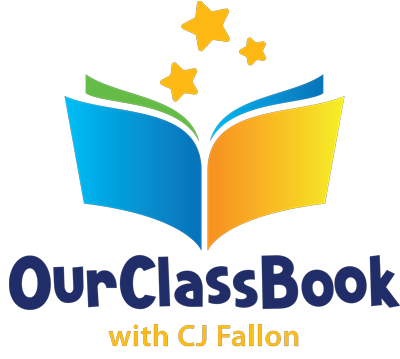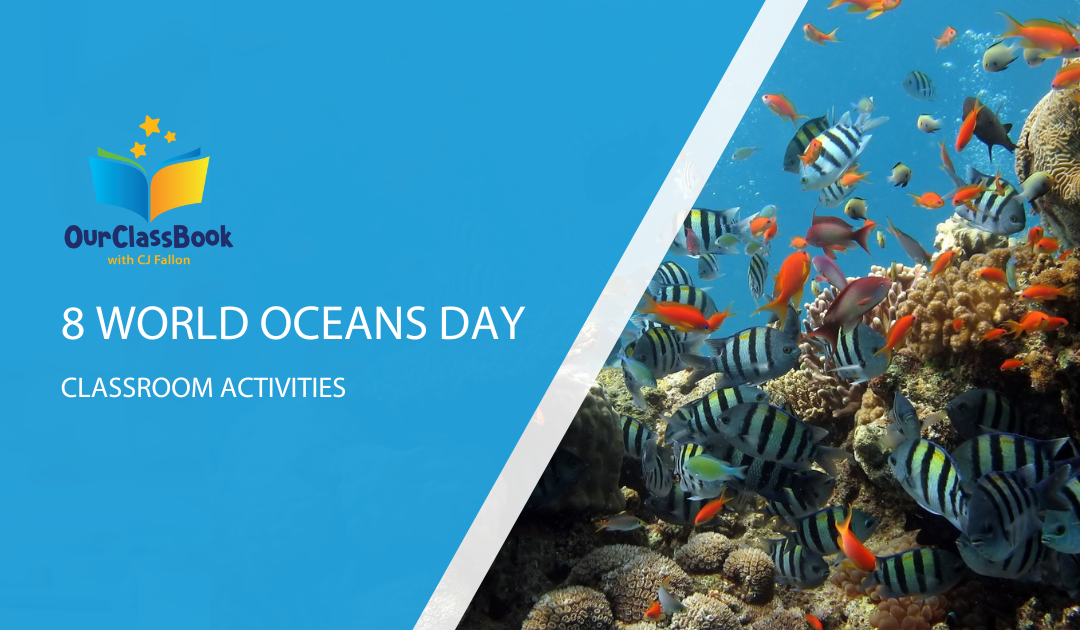On the 8th of June is World Oceans Day! A day to celebrate and appreciate our oceans. But what can we do to help protect them? When most people think of the ocean, they might imagine beautiful sandy beaches and crystal clear water. However, the ocean is so much more than that. It’s a vast and diverse ecosystem that plays a vital role in our planet’s health. World Ocean Day is a time to celebrate the ocean and learn about ways that we can help protect it. Here are some classroom activities for you and your students to learn more about our oceans and how we can help keep them healthy.
#1: Water Conservation Poster Competition
Ask your students to split into groups after discussing how we could conserve water around the classroom! Have the class create signs and motivational notes to put up around the classroom in areas where they use water. The best posters and signs will be put up for the rest of the year above the sinks, taps, and on the walls.
#2: What Is Bad For Our Oceans?
Start a brainstorm on the whiteboard with the title of ‘items that harm our oceans’. Have students name the items and place the images around the brainstorm. Discuss things that harm the ocean if dumped into it, such as plastic bottles or plastic rings.
#3: Plastic Recycling Initiative
Plastic is particularly damaging if dumped into the ocean. Over the next few days, encourage your students to collect their plastic packaging and put it in a box in your classroom. When enough plastic has been collected, you can do an art project together. You can create an ocean mural, fish, turtles, and shimmering ocean effects using the plastic. A great website for educating your class on plastic and how it can harm the ocean is Plastic Adrift, which explains where plastic ends up when it drifts off out of sight.
#4: Creative Writing Ocean Prompts
The ocean covers 71% of our planet, and we’ve explored only under 10% of that! Exercise your students’ imagination by sharing some ocean facts and asking them to write stories about the mysteries of the ocean! Here is one to get you started:
Scientists have discovered that baby sea turtles disappear for a portion of time called the lost years. They learned that some turtles catch a ride on the gulf stream, like in Finding Nemo! If you were hanging out with sea turtles during the lost years, what would you get up to?
#5: A Lesson On Nautical Language
Going on a voyage requires a lot of skills, language being one of them! If you are looking for a fun learning experience, spend some time with your class going through the common sea sayings, as well as the old age sayings that we may not use anymore. Learning about nautical language can help your class understand how sailing works, giving them a deeper understanding of life on the seas.
#6: Saltwater Paintings
Create an artistic masterpiece using the ocean’s salty water! Mix salt into warm water and food colouring. When the mixture is ready, the students can then paint a picture using it on white paper. After drying the water will evaporate, leaving the coloured salt particles behind to create a textured masterpiece!
#7: Ocean Habitat Posters
Split your class into groups of five. Provide informational resources on fish and mammals that live underwater! Have each group pick a sea creature and create a poster on it. For instance, encourage them to draw diagrams or pictures of their favourite sea creature, giving information on how they live, how big they get, and what colours they are.
#8: Ocean Exploration
Google has an amazing feature as part of google earth called Google Ocean! You can explore vast waters in the same way street view works. It’s a fun and interactive way to learn about our oceans. All the class will be in awe as you give them an underwater tour!
Publish your own professionally bound classbook!
With these eight fun World Oceans Day activities, students can create their own imaginative stories and pictures that make for a one-of-a-kind treasured memory!
Create an exciting event for your students by publishing their stories and drawings as a classbook that your students can always refer back to. Get started today by ordering our easy-to-use classbook publishing kit!

